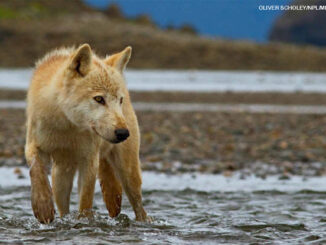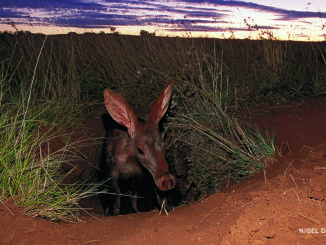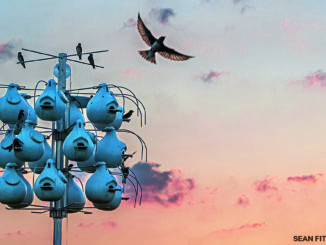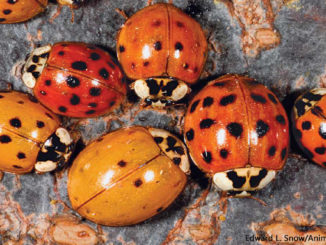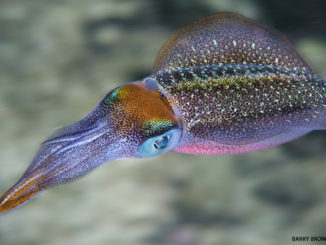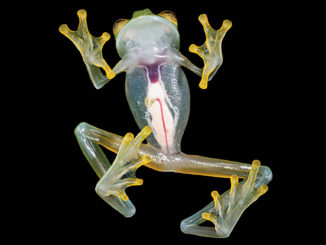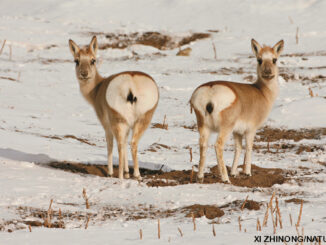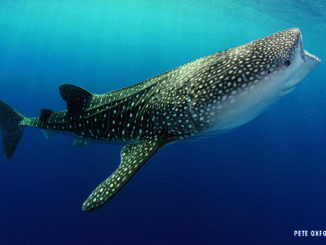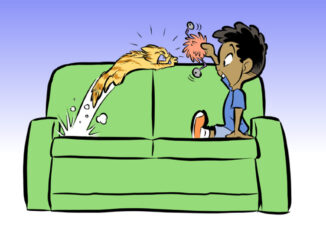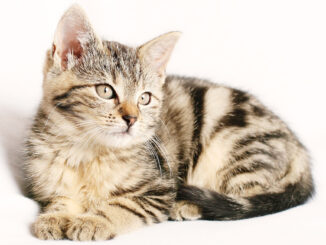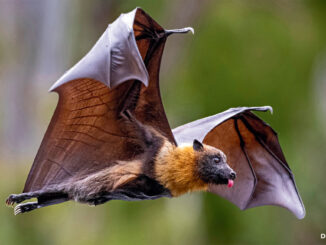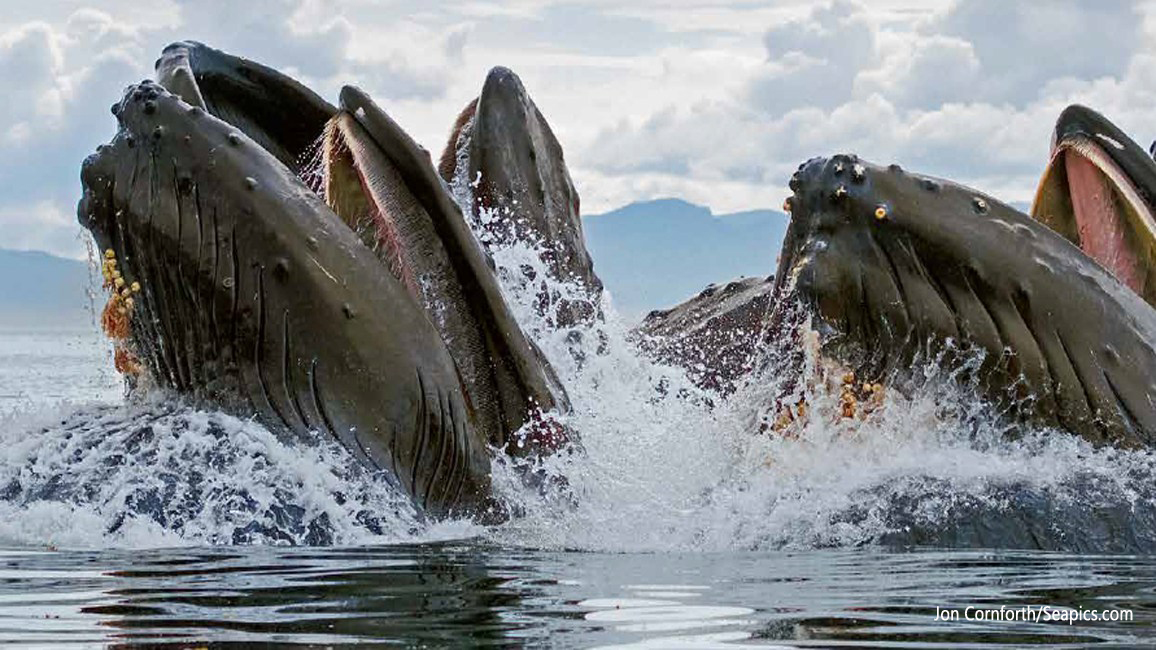
Hooray for Humpbacks!
By Kathy KrankingHumpback whales are whopping big mammals! But what else are they? Read on to find out!
Fin Slappers
Humpbacks have the longest flippers—also called pectoral fins—of any whale. Each flipper is about a third the length of a humpback’s body. Humpbacks sometimes lie on their sides or backs and slap one or both of their pectoral fins against the water—perhaps another way of sending messages to other whales.
Tail Smackers
Humpbacks often poke their tails out of the water and slap them over and over against the water’s surface. This is called lobtailing. There are different ideas about why they do this. The main reason seems to be to communicate with other whales. But it could also be a way to ward off sharks or other predators.
Acrobats
Humpback whales are famous for breaching, or leaping out of the water and slamming back down. Nobody knows for sure why they do this. But there may be lots of reasons. For example, it could be to send a message to other whales, to knock pesty creatures off their skin, or just because it’s fun!
Nosy Neighbors
When humpbacks want to know what’s going on above their watery world, they spyhop, rising out of the water to look around. Humpbacks rely on their hearing more than their vision. But they can see well underwater if the water is clear. And they seem to be able to see nearby objects pretty well in the air. They sometimes spyhop when boats are close, as if they were popping up to peek at their visitors.
World Travelers
Humpbacks “hit the road” twice a year. They make one of the longest migrations of any mammal. Most of the year, they stay in colder waters, where there’s plenty of food. Then they swim thousands of miles to warm waters to give birth to their babies and to mate, starting the cycle all over again.
Super Singers
Humpback whales are famous for their long, beautiful songs. Males sing during the mating season to attract females. When a whale sings, he can hold his breath for more than 15 minutes, hanging motionless in the water with his head down, as this photo shows. The sounds pass right through his skull and out into the water, rather than coming out of his mouth. Scientists have learned that males in the same mating ground sing the same song, slowly changing it into a new one over a few years.
HEAR IT: LISTEN TO A HUMPBACK WHALE SING!
Big Eaters
Humpbacks eat a variety of small fish, including herring, as well as tiny, shrimp-like animals called krill. They constantly invent new ways of catching big mouthfuls of food. To catch herring, for example, whales in Alaska swim upward in a spiral around a group of fish, blowing bubbles as they go. The bubbles form a “bubble net” to corral the fish. Then the whales lunge up through the trapped herring with open mouths, as they are doing here. Chow time!
Good Moms
Every two or three years, a mother humpback whale gives birth to one baby, called a calf. Her newborn calf can be 10 to 15 feet long and weigh a ton! Mom and her calf are very affectionate toward each other. The two swim close together, and Mom often touches her baby with her flippers. They’ll stay together for up to a year, while Mom nurses her baby, teaches it how to find food, and fiercely protects it from enemies such as orcas.
Fun Lovers
Humpbacks sometimes seem to do things for fun, just as you do. The young whale here (above right) is blowing bubbles as it playfully spins in the water. There have even been times when humpbacks have seemed to be playing with dolphins.
And those are just some of the reasons to say “hooray” for humpbacks!
“Hooray for Humpbacks!” appears in the May 2018 issue of Ranger Rick magazine.
(Click on each image above for a closer view of the story.)





